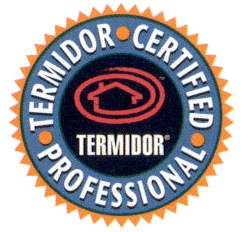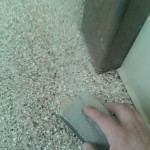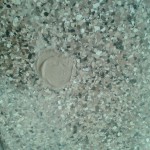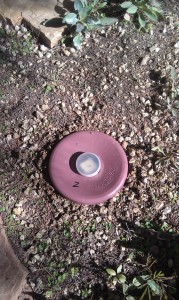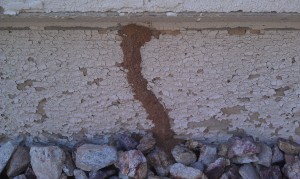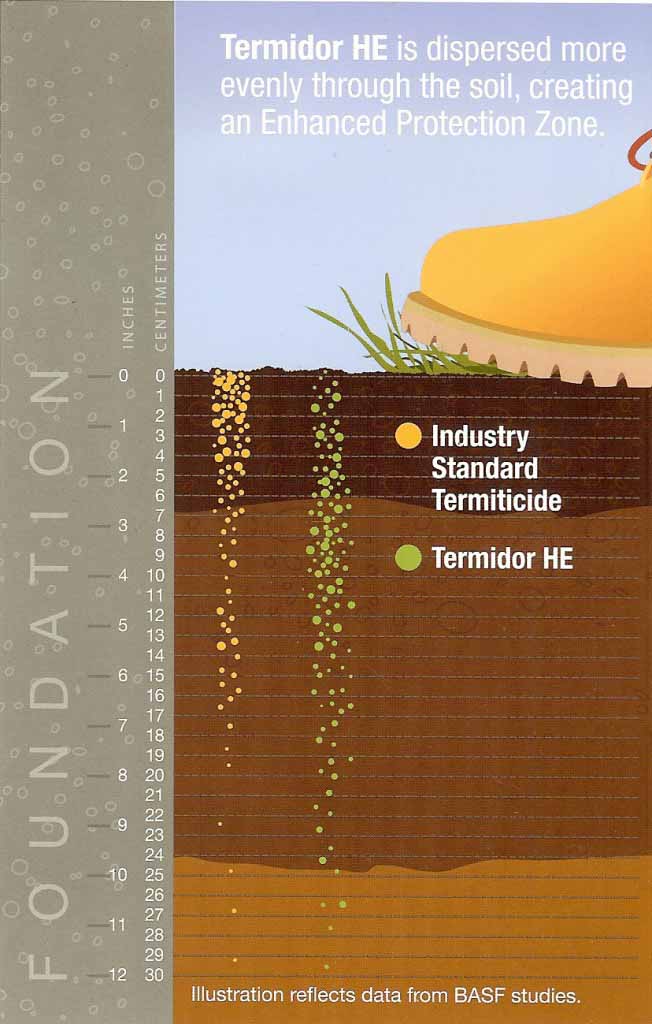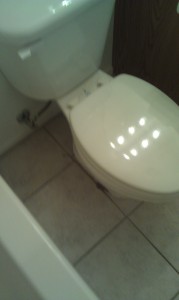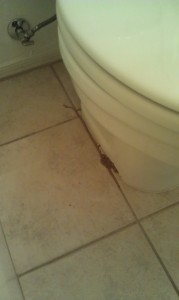The choice of Pest Management Professionals………..
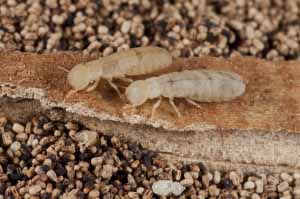
Photo by PPMA
We offer our customers a choice of two termiticides, today we will discuss Termidor by BASF and tomorrow Transport by FMC.
Termidor 80 WG (the “WG” in Termidor 80 WG stands for wettable granule) and Termidor SC (the “SC” in Termidor SC stands for suspended concentrate.) when mixed with water they make the same type of solution. They are in fact different formulations of the same product.
- Kills by ingestion, contact, and the “Transfer Effect” meaning affected insects help spread Termidor throughout the colony before dying themselves.
- Manages colonies up to 6 times faster than bait systems.
- Most effective termiticide – over 10 years of test data prove most effective and fastest at eliminating termite populations.
- Responsible, low-dose treatment, with no odor.
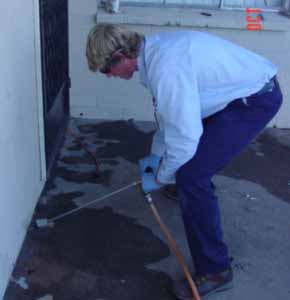 BASF also introduced a dry formulation “Termidor Dry” that can be injected into galleries and wood members where termites are present.
BASF also introduced a dry formulation “Termidor Dry” that can be injected into galleries and wood members where termites are present.
The one and only issue I have is this – months after a job is completed with Termidor another colony of termites may attempt to gain access into the home. Termidor does allow this, however in 90 days the termites will be dead. You don’t want a termiticide to kill to fast as the termites will block tunnels on the dead termites. Now the issue is a callback, most people when they see a tube or tunnel will call and want us to return – so it’s a callback for me. Don’t get me wrong all those little termites will be dead (I think) in the tunnels but a rebuilt tube is a rebuilt tube….
and now ——- Termidor HE Co pack – High Efficiency
Termidor HE Copack expands upon the proven Termidor SC formulation with the addition of a BASF proprietary molecule that temporarily “boosts” the transport of fipronil, the active ingredient in Termidor, into the soil and creates an enhanced protection zone around the structure being treated. Benefits can include applying 50 percent of the water, and thus half the finished solution of a typical Termidor PerimeterPlus application.* It also requires 77 percent smaller trenches and allows for wider hole spacing.
ProBest Pest Management had the opportunity to participate with field trials here in Arizona and this product really works. Why not work with a company that industry manufacturers go to – to test their products? ProBest Pest Management followed protocols and continue to do periodic checks on these homes in the test program.
